|
Proud to have worked on this challenging exhibition with a great scenography by يوسف مارون الخوري and the precious support of a dynamic team Rayyan Jreidini, Sarin Gacia Vosgerichian, Yammine Yammine, Lana Barakeh, Jad Atallah, Elie Karam, Mariah El Asmar, Yara Abdelsamad, Kamal Sioufi, Michele Morkos.
www.louvreabudhabi.ae/en/art/exhibitions/Roads-Of-Arabia Collège Protestant Français, Beyrouth - Lacaton&Vassal associés à Naji Assi architects (Beyrouth)24/4/2015 18 January 2015 Debate about the reopening of Horsh Beirut Dear Mohammad, As discussed yesterday, and after I have looked quickly at the documents that the municipality made available for us, below are some questions that need to be raised during our debate. If you have comments please do not hesitate to share them with me. 1) What is the municipality's general strategy for public spaces and not only "green" spaces? Public spaces should be considered as part of a network offering different levels of social connectivity especially when the urban fabric was disrupted by the 1960s invasive vehicular system of roads, tunnels, bridges and rapid boulevards, and by both the civil war and the years of “reconstruction”. (At The Edge Of The City p.13) 2) In light of the above question what is the strategy for the Horsh of Beirut and its surroundings? Until now we have the impression that the park is considered like a precious island surrounded by an "urban concrete jungle" (as mentioned in the introduction of MOB’s doc). This will definitely not help in the normalization of the park and its image as a rare and barely accessible place. 3) What is the purpose of linking the hippodrome to the Horsh by a pedestrian bridge? Recently, a vehicular tunnel was created under the Tayyouneh round about and made us feel that this infrastructure could have been thought of differently to allow a smoother relation between the hippodrome and the Horsh (if such a connection was proven to be a need). What if another reason than that of functional connection initiated the relation of both parks? What if a psycho-geographical mapping system defined those relations with the possibility of enabling collected memories to reactivate the park? (At The Edge Of The City p.85) 4) Who owns the park? Whether from the legal / official point of view or from the perspective of the future phase? (p.14 "Target People"). To which extent does the Re-opening project and its zoning, allow the appropriation by the people visiting or using the park. And to which extent are the public authorities capable of controlling it considering its sensitive geographical location in Beirut (At The Edge Of The City p.22 and p.36) 5) What are the justifications to the various delays in opening the park knowing that in MOB’s document / introduction, 2014 is mentioned as (one of) the target dates of opening? Originally, and after the execution of the first phase, why didn't the municipality proceed with the second phase? 6) What is the expected next phases and dates? When will the Horsh open to the public? And if in the bidding process the phasing of the works is possible, why can't MOB open the park immediately? 7) How will the bidding process occur? Who will manage the park and how and in who's interest? Why is “privatization” (disguised in PPP) the only way of maintaining and managing the park? How is this method evaluated in recent similar cases (Sanayeh garden)? If the reason is the lack of trained staff (for guarding, maintaining, guiding, etc.) then why doesn't the MOB subcontract and invest in long-term human resources by asking specialists to train its municipal brigades? Reminder that this guarding brigade has recently spread throughout the city in the form of aluminum kiosks and no one understands what is it that they really do. Read - (At The Edge Of The City p.22 and p.98) - the 3 management scenarios Public Management (PM), Public-Private Partnership (PPP), Privatization (Pr). I think that adding the municipal stadium in the vicinity of the Horsh needs further assessment and studies especially in terms of the impact on the existing and future flow of circulation, traffic, etc. I can also observe that removing the stadium from its actual location needs assessment. The intended “cultural center” is a very generic proposal that could simply not be required or needed in that area, or, if needed, could be placed on a smaller lot. As for the underground parking the MOB is projecting to create in Tarik Jdeedeh, it takes us back to square one which is the need for a strategy for public transport instead of bringing more and more cars in the city. Note that more than twenty European cities have restricted access of vehicles in their perimeter and have recently forbidden polluting vehicles to enter that perimeter. Naji Assi The 5th and special edition of Build It Green - Lebanon has witnessed a striking success on Wednesday March 19th, 2014!
The conference was for the first time held in a completely new and innovative venue: VOX cinemas in CityCentre Beirut, Hazmieh, the first shopping center in Lebanon to achieve a LEED GOLD certification. The number of attendees exceeded 450, and their feedback was not but heartwarming to the conference organizers and supporters! |
Archives
October 2020
AuthorNaji Assi, architect working-living in Beirut since 1997 and senior lecturer at the Department of Architecture and Design of the American University of Beirut (AUB) since 2003. Categories |

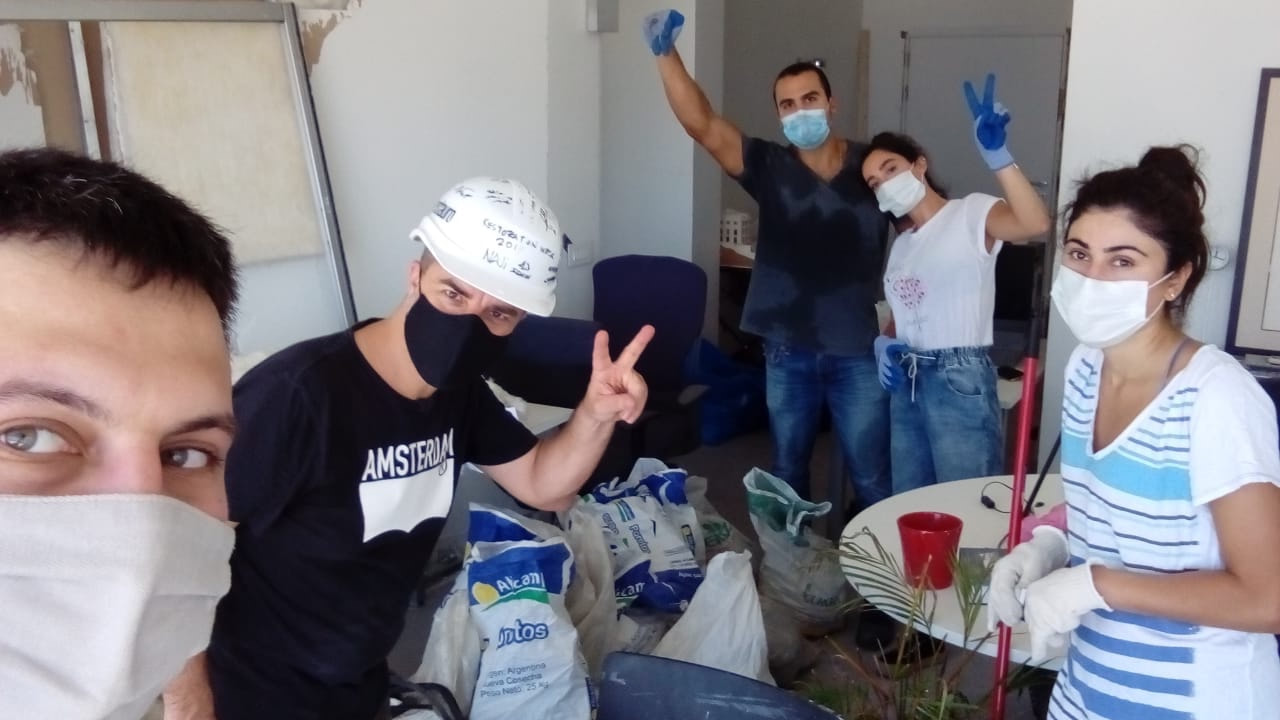
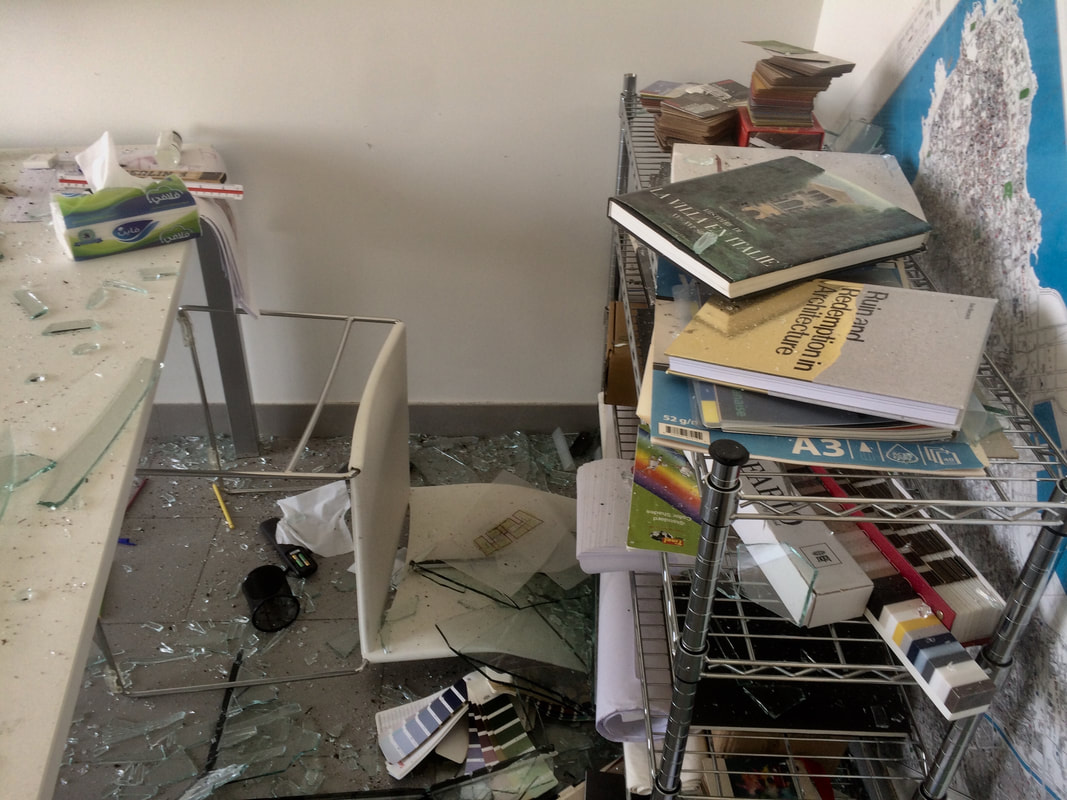
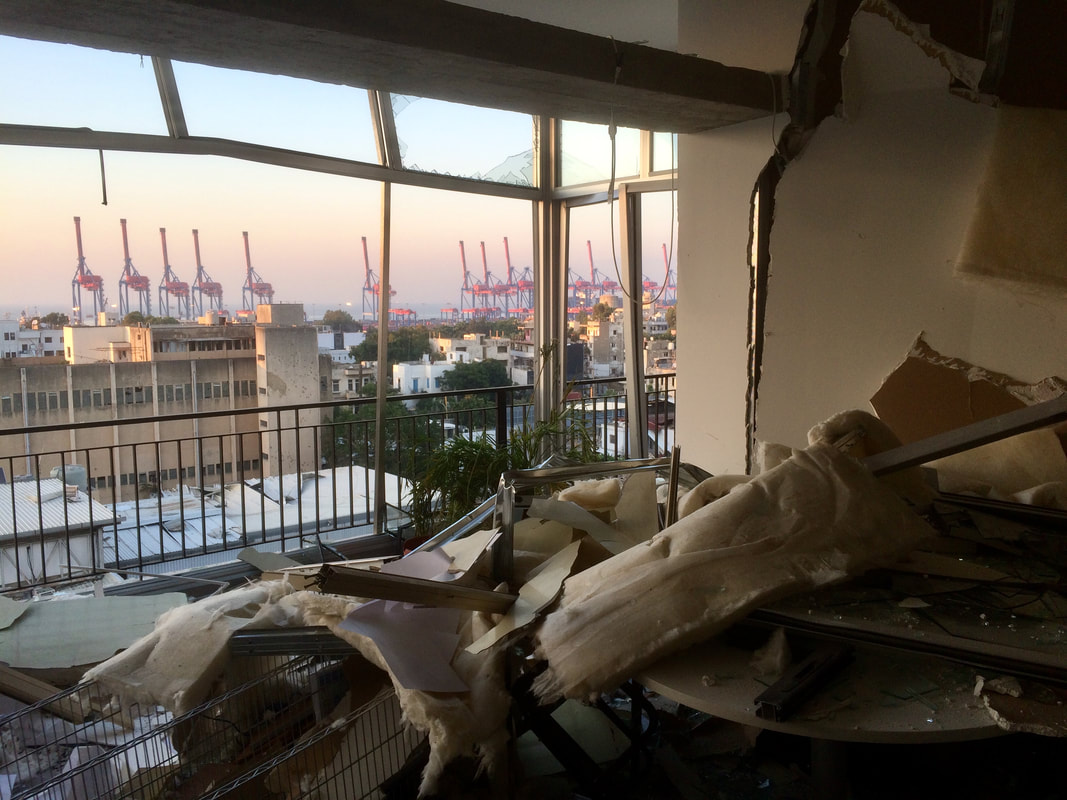
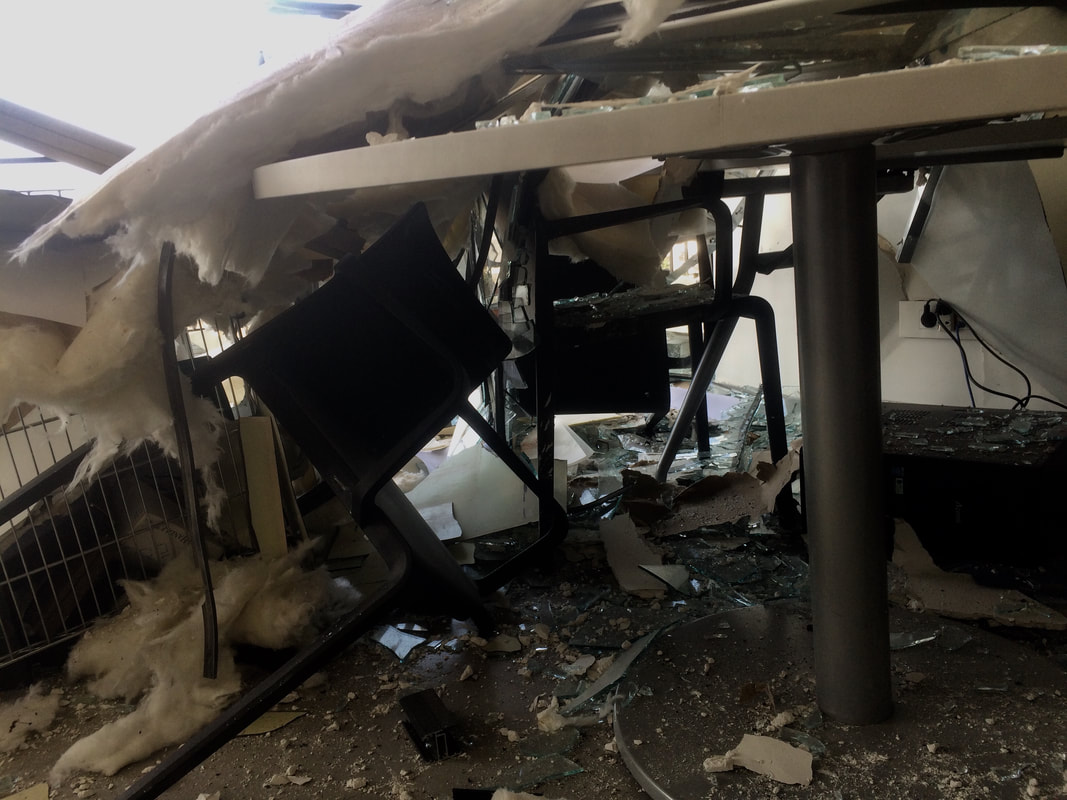
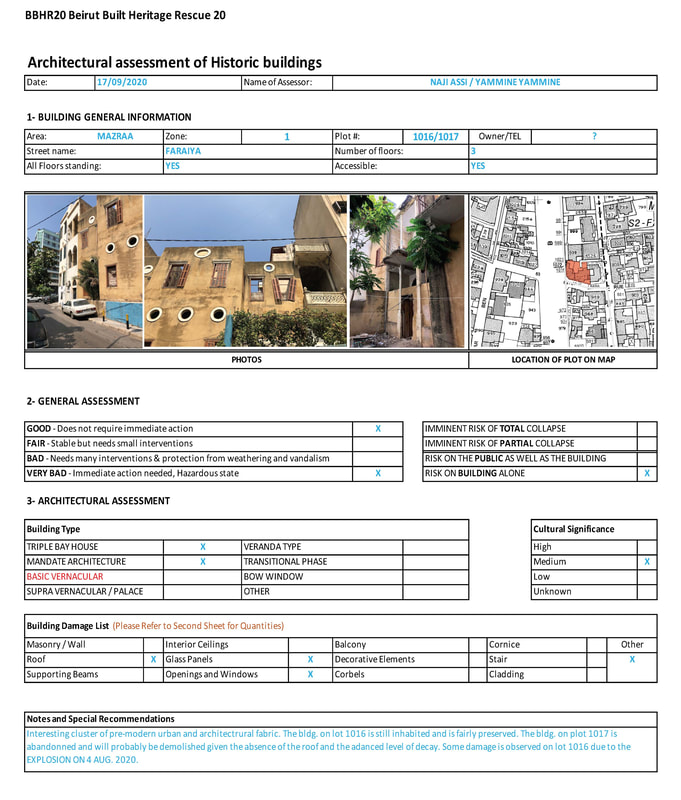
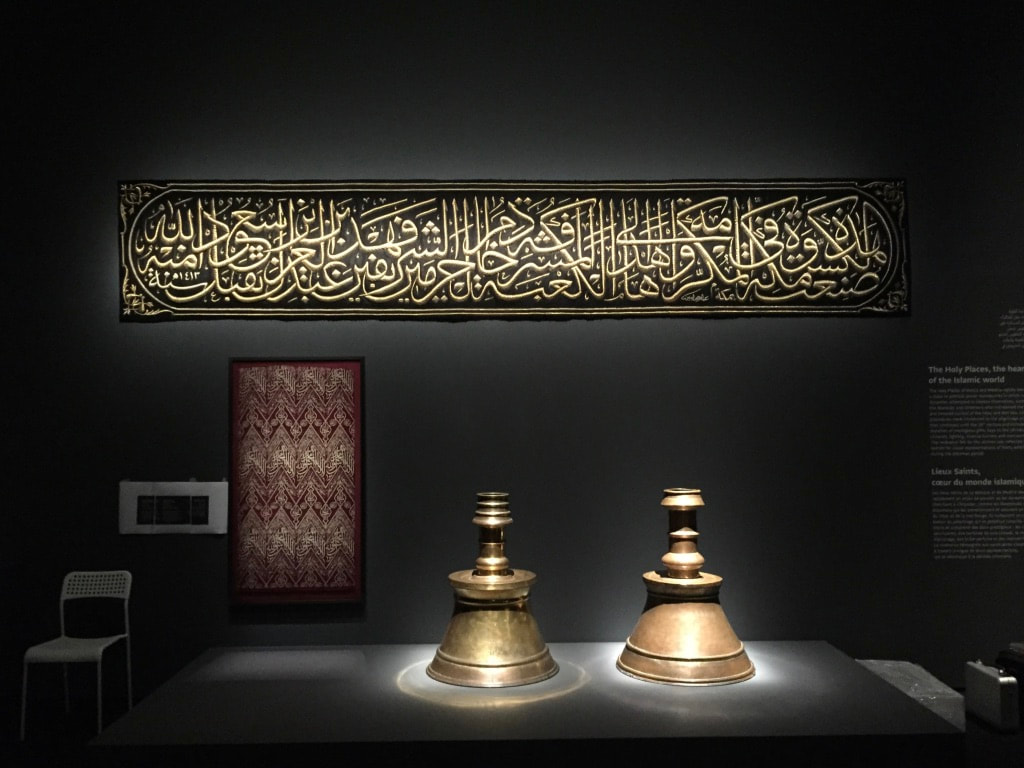
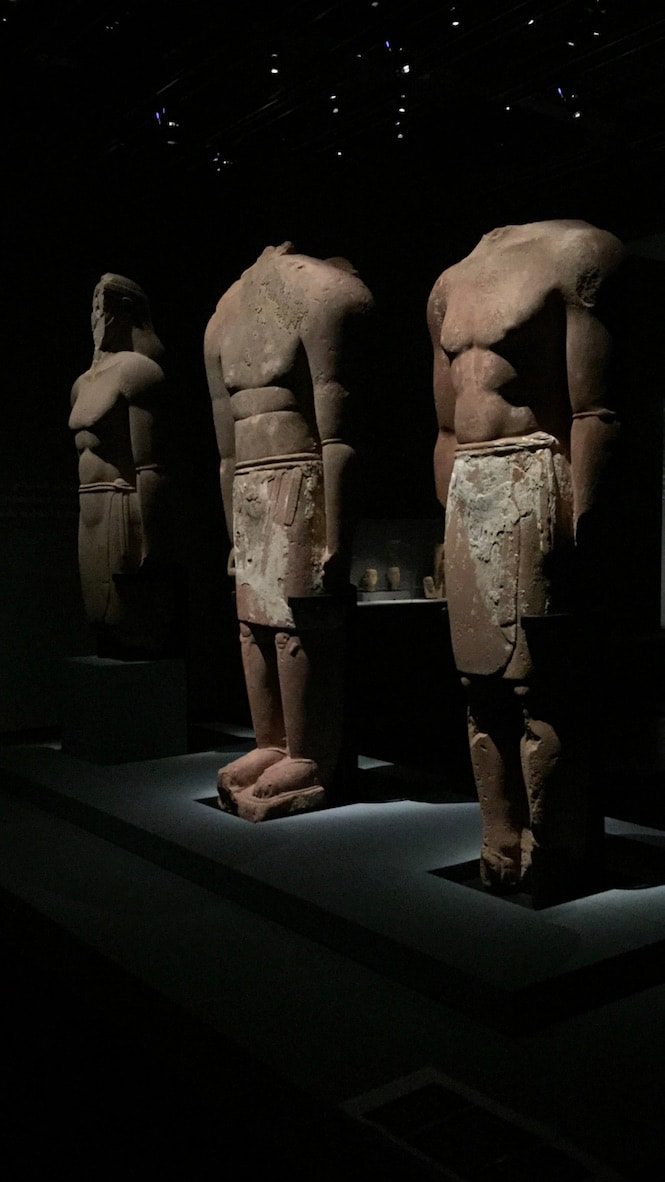
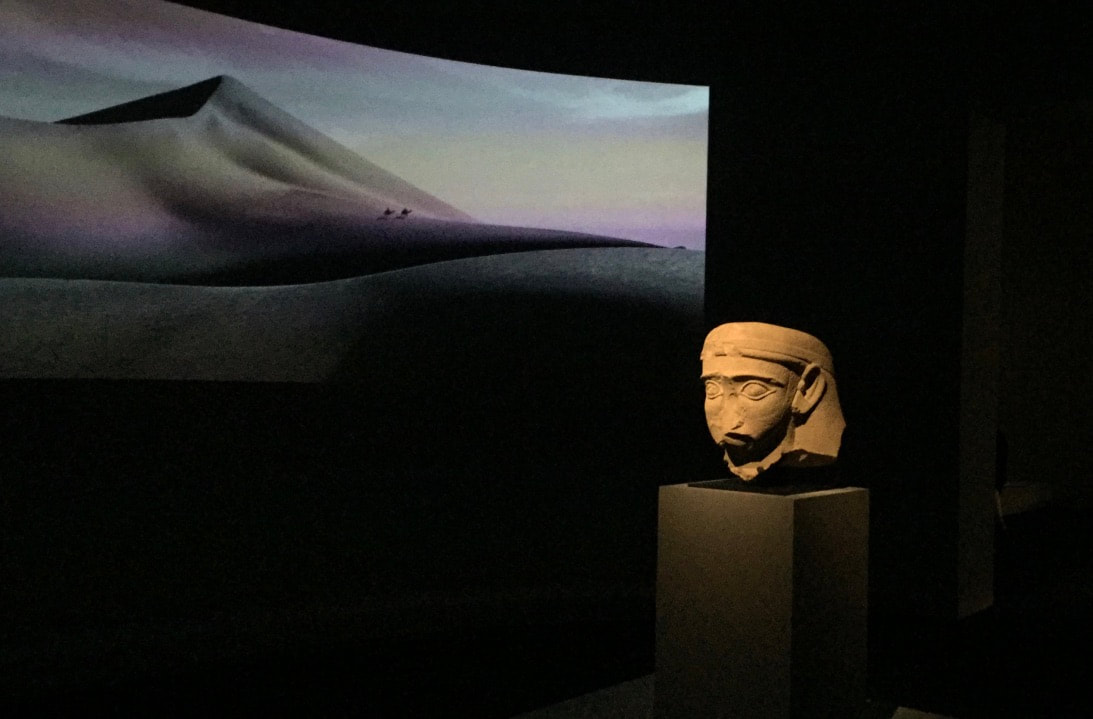
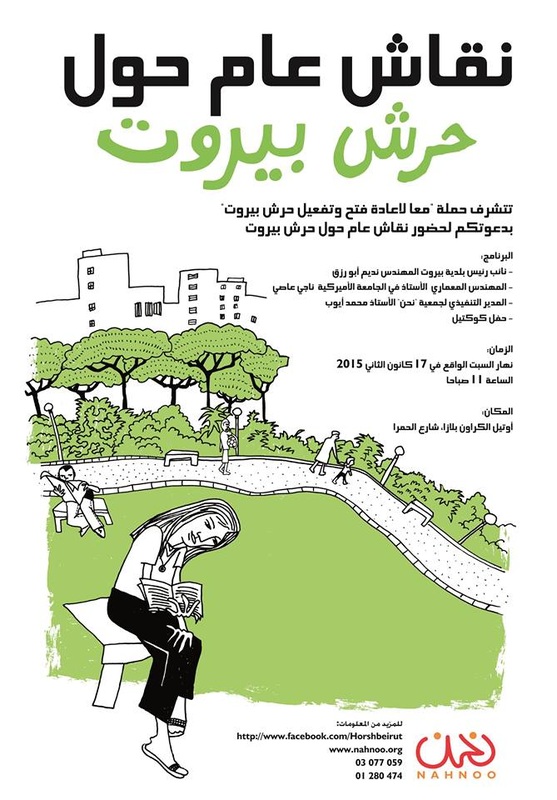
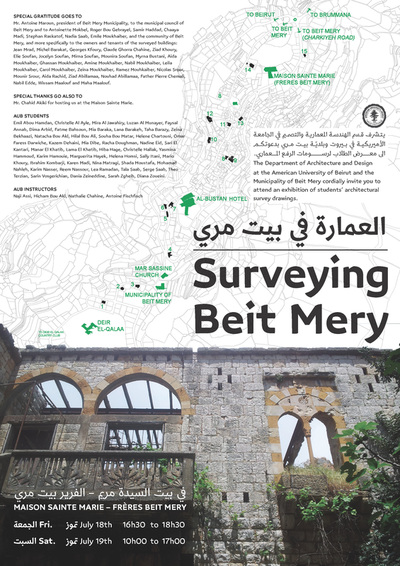
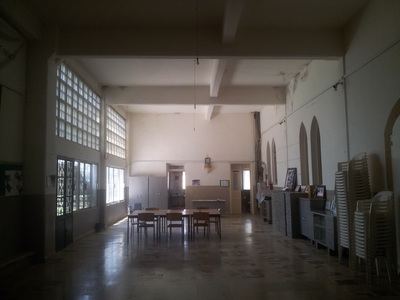
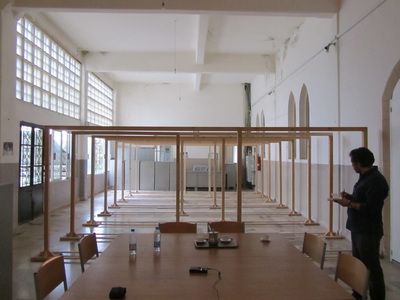
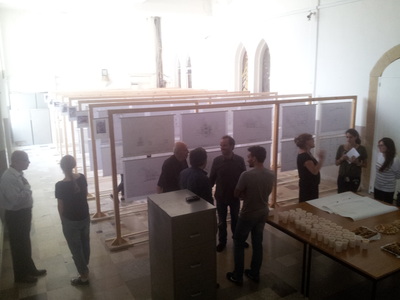
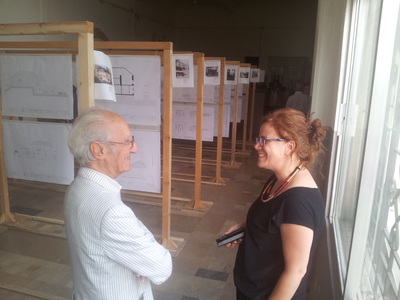
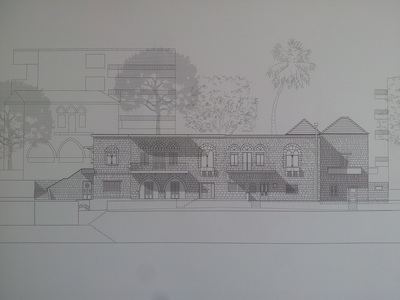
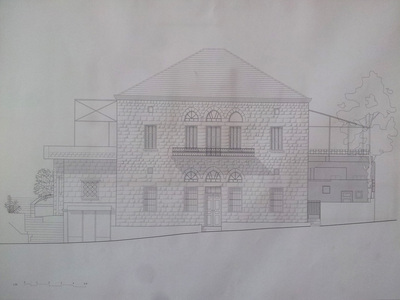
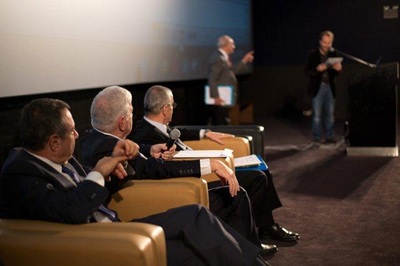
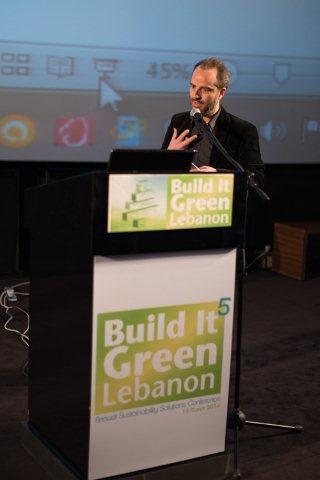
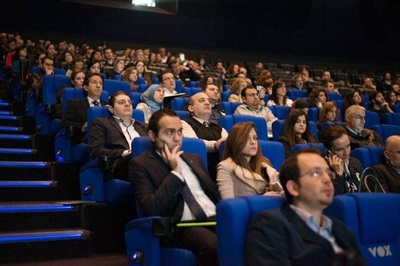
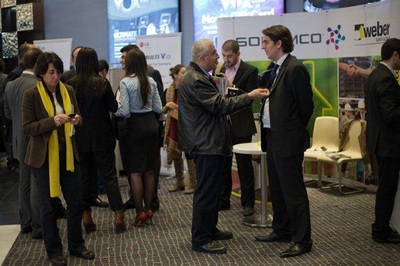
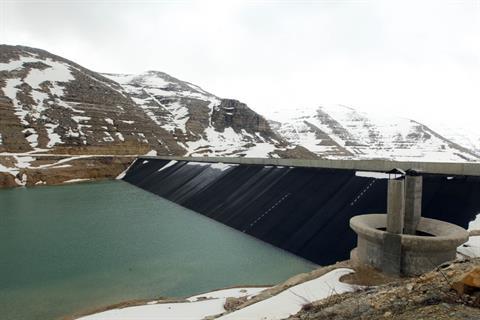
 RSS Feed
RSS Feed